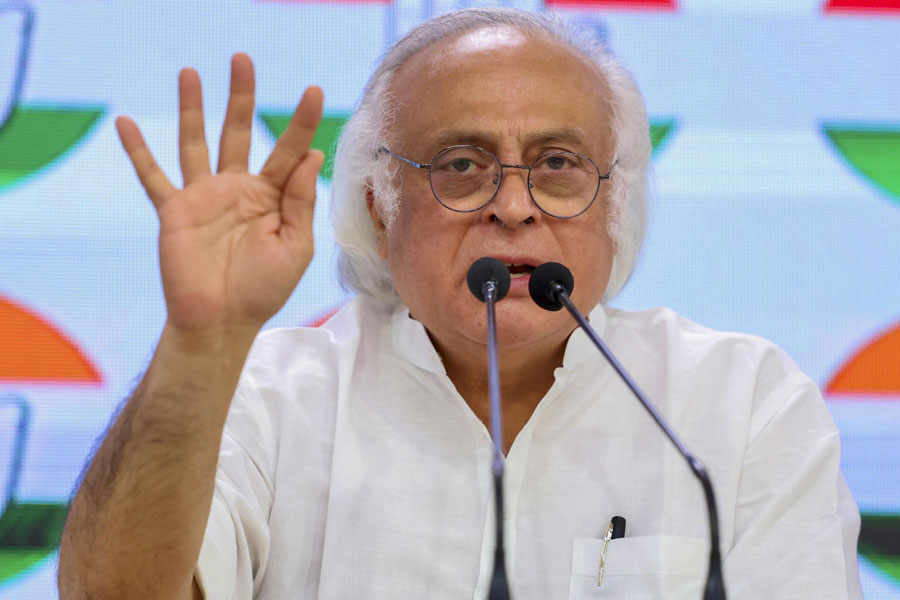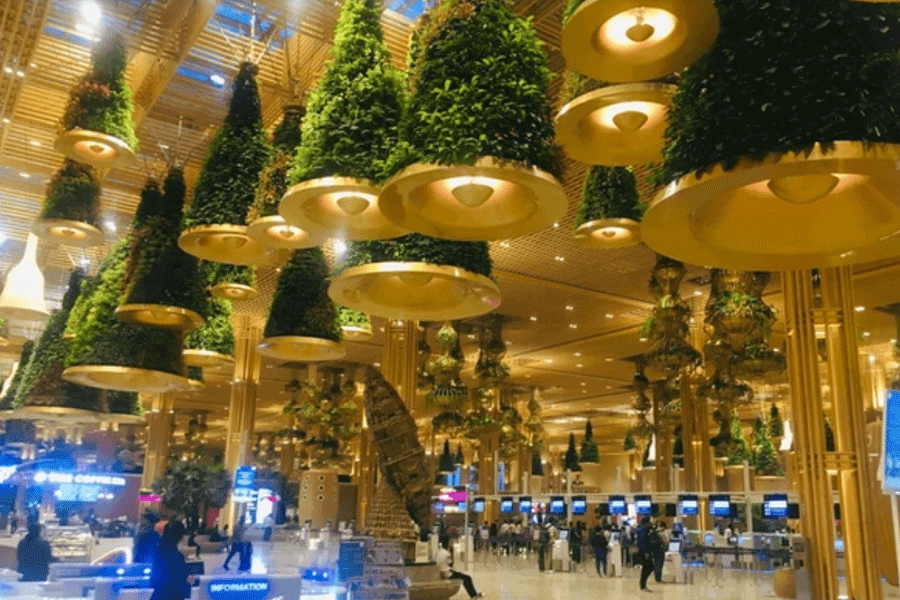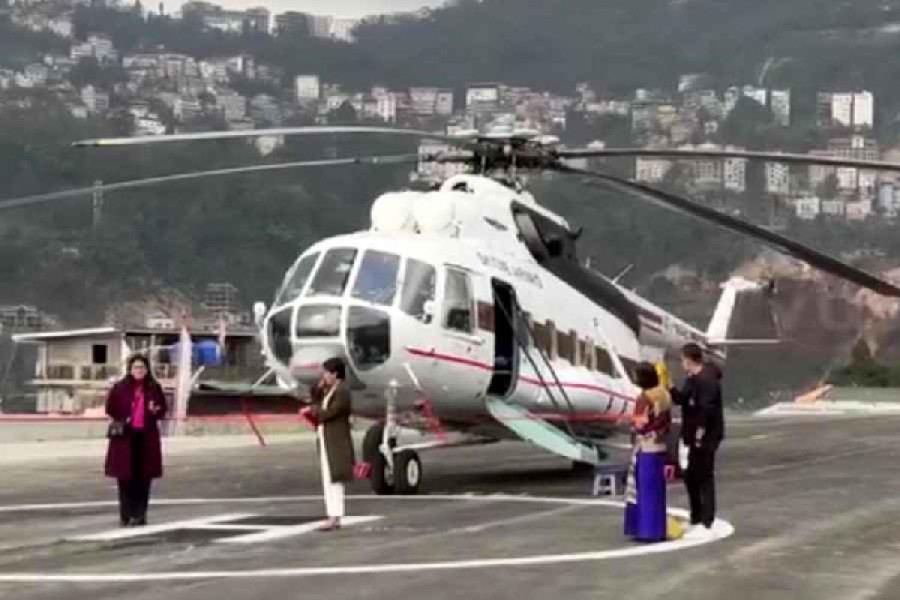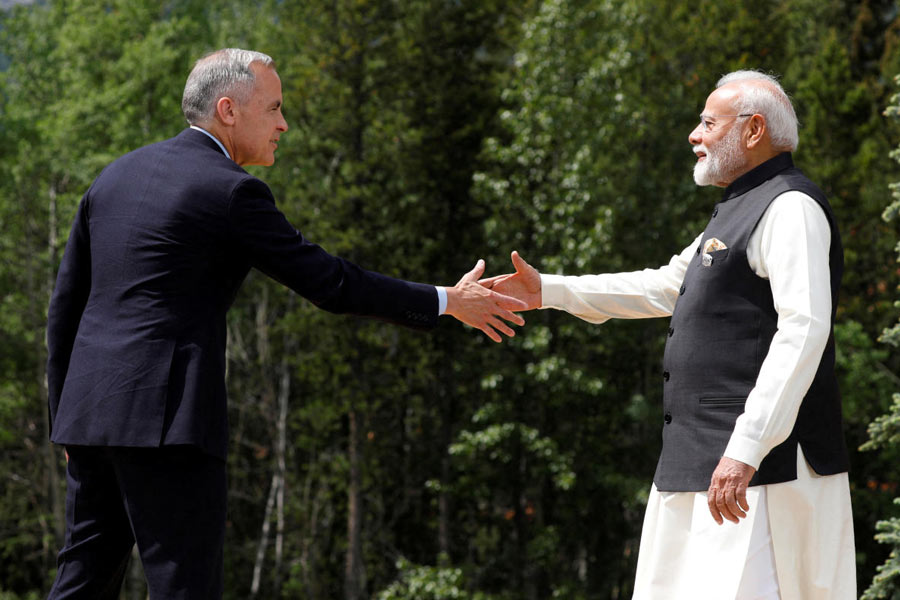 |
 |
| A half completed structure inside the vulture breeding centre and (above) the entrance to the Muta Crocodile Park that leads to the centre in Ranchi. Pictures by Prashant Mitra |
The state’s maiden vulture breeding centre at Muta, 22km from Ranchi, has not taken wing even after four years.
Trial and error seems to be the name of the game, as after countless trips to existing breeding centres in Haryana, Bengal and Assam, officials gave a blueprint of the Rs 41-lakh centre, which was found to be technically flawed once construction started.
The aviary ceilings were found to be too low, the partitions unnecessary and restrictive and the mandatory hospital to treat vultures, already an endangered species, was nowhere part of the plan.
“A range officer who recently came from Pinjore discovered that our centre has flaws as the height of the ceiling was not adequate, aviaries had unwanted partitions and there was no clear mention of hospital in the proposal,” said an official at Muta.
Now, everything needs to be revised.
Officials are tight-lipped about the quantum of loss, which includes the amount of money that forest and range officials spent on official travel from 2007 onwards.
Now, sources in the department said the chief conservator of forests (wildlife) A.K. Gupta was again planning to travel to Pinjore, Haryana, to make a “holistic” study of the vulture breeding centre, considered to be the best in India.
“Pinjore is a benchmark as far as vulture breeding centres go. It was designed by experts of Bombay Natural History Society, unlike here, where no specialists are involved,” an official, not willing to be named, said.
So, ongoing construction at Muta — boundary walls have been raised, nets erected, aviaries partially completed — again stands stalled.
Conservator of forests (wildlife) R.B. Singh acknowledged the problems, but said he came to know about them recently.
“I wasn’t fully aware about the design. It’s not even been a month since I took charge. After talks with my team now, we realised that a part of the plan has to be revised. Therefore, I have asked the divisional forest officer to submit a new proposal along with the plan,” said Singh.
He added that the centre was a challenge for him and his team, all of whom recently assumed charge after departmental postings.
But Singh sounded optimistic about the final outcome.
“The centre has been delayed for long. But we will ensure it sees the light of day soon. Since it’s a new concept for everyone, it is taking time and there are a few flaws. But we will try our best to gift Jharkhand a state-of-the-art vulture breeding centre,” said Singh.
The idea behind the centre was to raise vultures in captivity to check their rapid decline in population. Diclofenac, a pain relief drug for livestock that stays on in cattle even after death, has slowly killed vultures who feed on the carcasses. The birds, however, are vital to maintain a healthy balance in the environment.
“They are the scavengers of nature. We can’t afford to lose them. Captive breeding is the only way to conserve their population for a better future,” said Singh.










